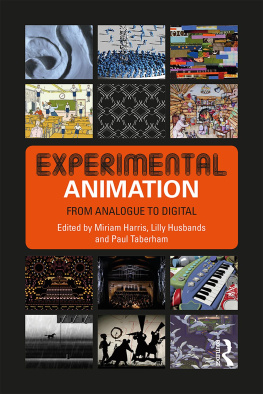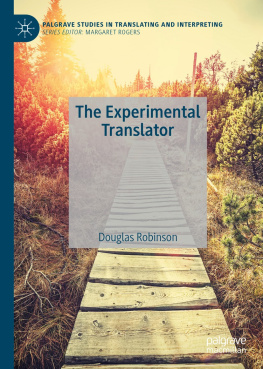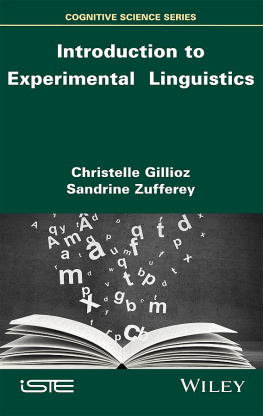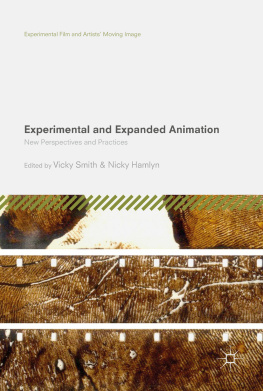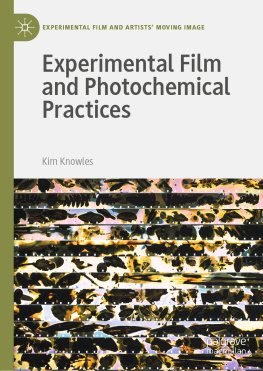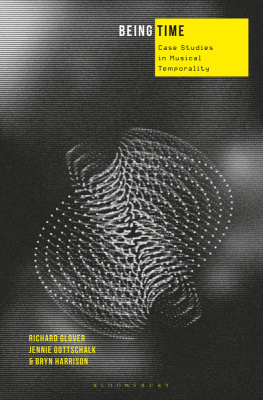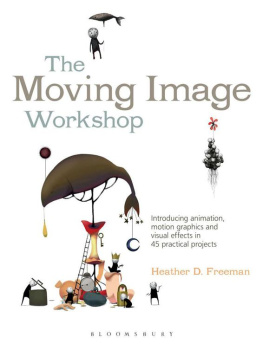Experimental Animation
Experimental Animation: From Analogue to Digital , focuses on both experimental animations deep roots in the twentieth century and its current position in the twenty-first century media landscape.
Each chapter incorporates a variety of theoretical lenses, including historical, materialist, phenomenological and scientific perspectives. Acknowledging that process is a fundamental operation underlining experimental practice, the book includes not only chapters by international academics, but also interviews with well-known experimental animation practitioners such as William Kentridge, Jodie Mack, Larry Cuba, Martha Colburn and Max Hattler. These interviews document both their creative process and thoughts about experimental animations ontology to give readers insight into contemporary practice.
Global in its scope, the book features and discusses lesser-known practitioners and unique case studies, offering both undergraduate and graduate students a collection of valuable contributions to film and animation studies.
Miriam Harris is an experimental animator and Senior Lecturer at the Auckland University of Technology, New Zealand. She completed postgraduate study in Digital Animation and Visual Effects at Sheridan College, Toronto, and her experimental animated films have won awards at international film and animation festivals. Her essays have been published in the books Animated Worlds (2007), The Jewish Graphic Novel: Critical Approaches (2008) and 24 Czech and Polish Animators (2011). She is on the editorial board of the animation journal Animation Practice, Process, & Production , edited by Paul Wells.
Lilly Husbands is a lecturer in Animation and Visual Culture at Middlesex University, United Kingdom. Her research is broadly concerned with the legacy and evolution of experimental animation in the context of contemporary multimedia practice. She has published numerous book chapters and articles on experimental animation in journals such as Moving Image Review & Art Journal (MIRAJ) , Frames Cinema Journal and Alphaville: Journal of Film and Screen Media . She is an associate editor of Animation: An Interdisciplinary Journal .
Paul Taberham is a senior lecturer at Arts University Bournemouth, United Kingdom. He has published on topics such as film cognition, evolutionary theories of art, avant-garde film and animation, film sound and aesthetics. He is the co-editor of Cognitive Media Theory (2014) and author of Lessons in Perception: The Avant-Garde Filmmaker as Practical Psychologist (2018). In addition, he has spoken internationally at conferences and published articles for several edited collections and journals including Projections: The Journal for Movies and Mind and Animation Journal . He is a fellow of The Society for Cognitive Studies of the Moving Image.
Experimental Animation
From Analogue to Digital
Edited by Miriam Harris, Lilly Husbands
and Paul Taberham

First published 2019
by Routledge
2 Park Square, Milton Park, Abingdon, Oxon OX14 4RN
and by Routledge
52 Vanderbilt Avenue, New York, NY 10017
Routledge is an imprint of the Taylor & Francis Group, an informa business
2019 selection and editorial matter, Miriam Harris, Lilly Husbands and Paul Taberham; individual chapters, the contributors
The right of Miriam Harris, Lilly Husbands and Paul Taberham to be identified as the authors of the editorial material, and of the authors for their individual chapters, has been asserted in accordance with sections 77 and 78 of the Copyright, Designs and Patents Act 1988.
All rights reserved. No part of this book may be reprinted or reproduced or utilised in any form or by any electronic, mechanical, or other means, now known or hereafter invented, including photocopying and recording, or in any information storage or retrieval system, without permission in writing from the publishers.
Trademark notice : Product or corporate names may be trademarks or registered trademarks, and are used only for identification and explanation without intent to infringe.
British Library Cataloguing-in-Publication Data
A catalogue record for this book is available from the British Library
Library of Congress Cataloging-in-Publication Data
A catalog record has been requested for this book
ISBN: 978-1-138-70296-7 (hbk)
ISBN: 978-1-138-70298-1 (pbk)
ISBN: 978-1-315-20343-0 (ebk)
Typeset in Bembo
by Deanta Global Publishing Services, Chennai, India
CONTENTS
PART I
Definitions, histories and legacies
PART II
Interviews A
PART III
From analogue to digital
PART IV
Interviews B
PART V
Close analysis of individual artists
PART VI
Interviews C
PART VII
Science and the cosmos
PART VIII
Interviews D
Still: Kebab World |
Still: Black Lake |
Synchronisation of Sound: Image |
The Collagist |
Rippled |
Frame grabs from Power |
Still: Ugly |
Still: The Pettifogger |
Still: The Pettifogger |
Still: The Pettifogger |
Janine Randerson, Remote Senses, Storms Nearby |
Janine Randerson, Albedo of Clouds |
The 2D rainfall pattern is the foreground with the 3D rain curtain in the background of the image |
Still: Where Shapes From |
Even more interesting than the correspondence between certain sounds and colors is the analogous reflections of the artistic tendencies of certain epochs in the structure both of music and painting.
Sergei Eisenstein (1947, 94)
Sergei Eisensteins quest for a language of montage in photographic cinema is strikingly similar to Viking Eggelings quest for a dynamic language of visual symbols for painting, scroll and abstract animation. Both artists sought their answers in a formal relationship of the HorizontalVertical; both were concerned with singular units of time for projection (frame by frame timing); and both founded their respective theories of a visual language of time in musical counterpoint on form as content. Essentially, both artists were two of our first critical theorists in film. Eisensteins theories are the early roots of film criticism as a whole; and Eggelings theories, alongside experiments by Leopold Survage and Walter Ruttmann, exemplify our first critical roots in experimental animation as a fine art mode and aesthetic discipline.
Embedded in the historical and cultural Soviet Union of the 1930s, film as a cinematic recording of events opened the door for sociopolitical theory to eclipse Eisensteins quest for a cinematic language, effectively removing experimental film as a critical discipline in cinema history. Rescued by twentieth century experimental film critics (Lawder 1975), experimental film, ironically, was framed as an outgrowth of art history. Correspondingly, following Viking Eggelings premature death just days after his abstract animation film, Diagonal Symphony , was exhibited at the Absolute Film Show in Berlin in May 1925, experimental animation as a critical and aesthetic discipline and praxis was aborted in total .that shaped his Theory and Counterpoint of Visual Elements, so that high art culture served to annihilate the whole of experimental animation as a viable trajectory for a critical art history and mode of art. Subsequently subsumed into film history in the 1970s, experimental animation was regarded as single frame-by-frame experimental film (Dill 2006). This critical substation initially served to welcome experimental animation into the fold of a shared art history with experimental film. Doubly, it served to subvert, distract and marginalise experimental animations singular contributions to an aesthetic mode of fine art worthy of a singular canon of literature to equal its earliest art historical roots. Rectifying this predicament is our twenty-first century calling.

